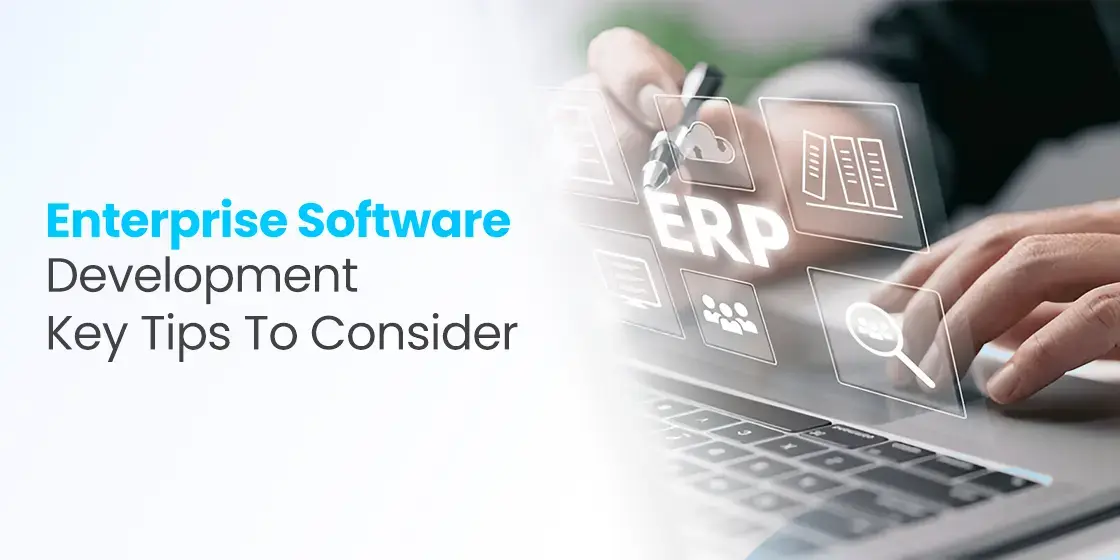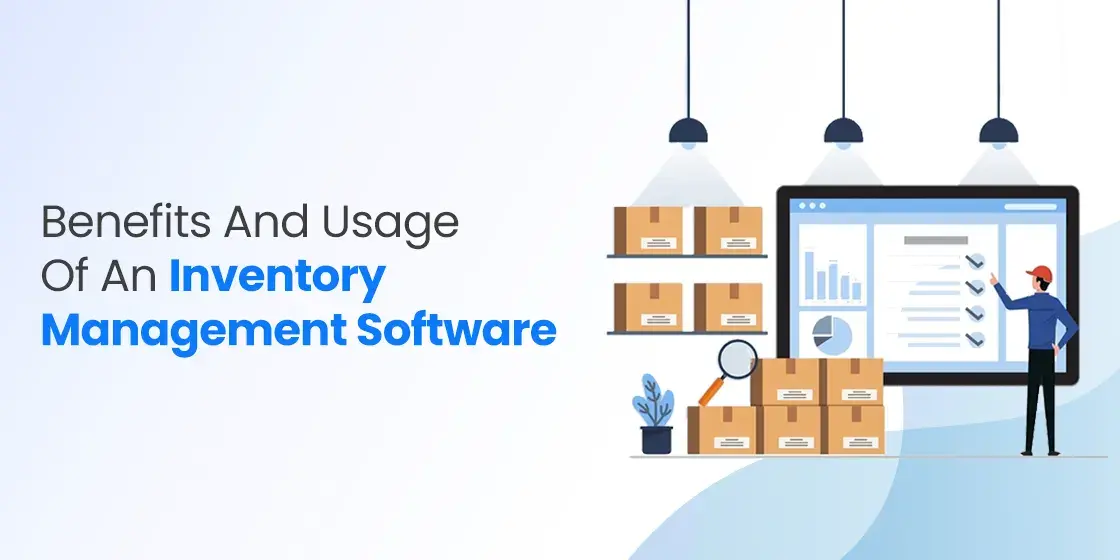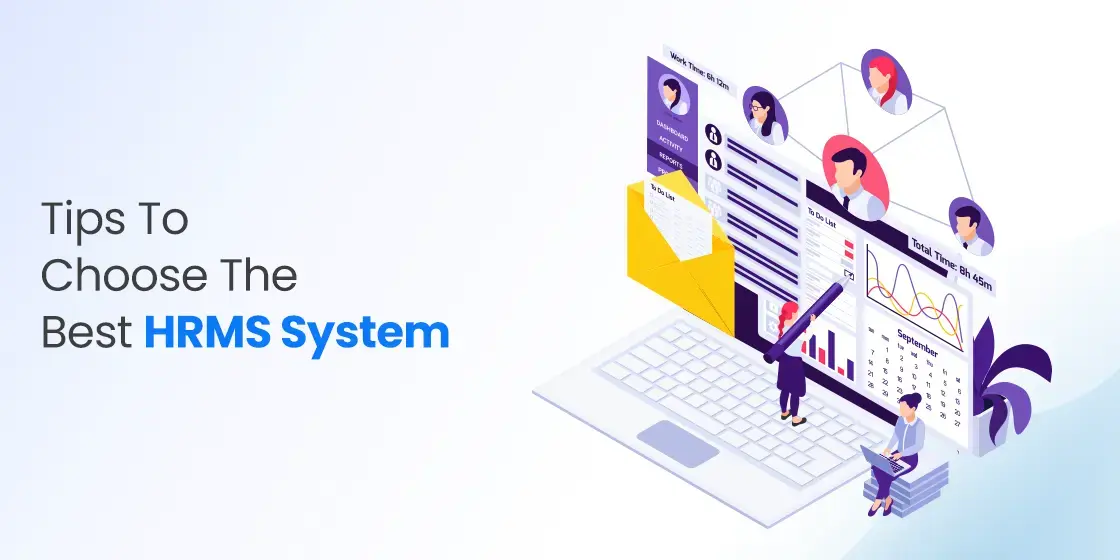Table of Content
Learn the Step-by-Step Process of ERP Software Development
As businesses continue to grow and diversify their operations, the need for an efficient, centralized management system becomes increasingly important. One of the most effective solutions for this requirement is an Enterprise Resource Planning (ERP) system. ERP software provides a unified platform through which businesses can streamline various functions such as finance, human resources, supply chain, and customer relations.
By consolidating data and operations into a single interface, it enables administrators to create, modify, track, and manage essential business processes more effectively. Companies still relying on outdated spreadsheet-based systems risk falling behind, as these older methods lack the scalability, accuracy, and automation that modern ERP solutions offer.
Although implementing an ERP system can require a significant investment in custom software development services, the long-term benefits often outweigh the initial costs. It enhances productivity, improves data accuracy, and offers better insights through real-time reporting and analytics. As a result, a growing number of organizations are adopting ERP systems to modernize and optimize their business operations.
This article will delve deeper into the concept of ERP, exploring what it is, and how it can be developed. It aims to guide beginners through the foundational aspects of ERP software, providing a clear understanding of its purpose and development process. To begin, we’ll start by explaining the basic definition of an ERP system and examine why it has become a vital tool for contemporary businesses.
What is ERP Software?
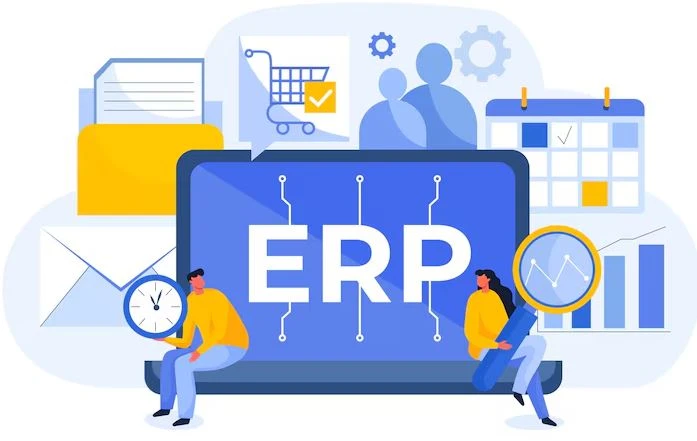
Enterprise Resource Planning (ERP) is a comprehensive type of software designed to help organizations effectively manage and integrate their core business processes within a centralized system. Instead of using multiple standalone applications, ERP consolidates these functions into a single unified platform. This integration enables better communication between departments, facilitates the flow of information, and ensures that decision-makers have access to accurate, real-time data across the entire organization.
One of the main advantages of an ERP system is its ability to streamline operations and improve efficiency. By centralizing data and automating routine tasks, ERP software reduces manual work, minimizes errors, and speeds up workflows. This allows organizations to respond more quickly to changes in the market. Whether it’s managing supply chain logistics or tracking employee performance, ERP provides a scalable solution that adapts to the evolving needs of a growing business.
In addition to operational benefits, ERP systems also offer strategic value by enhancing visibility and control over various business functions. Managers can generate insightful reports, and make data-driven decisions that align with the organization’s goals. This level of transparency not only supports internal planning but also ensures compliance with industry regulations and standards. Overall, ERP software plays a vital role in helping businesses operate more cohesively and remain competitive in an increasingly dynamic market environment.
Enterprise Software Development: A Beginner’s Guide
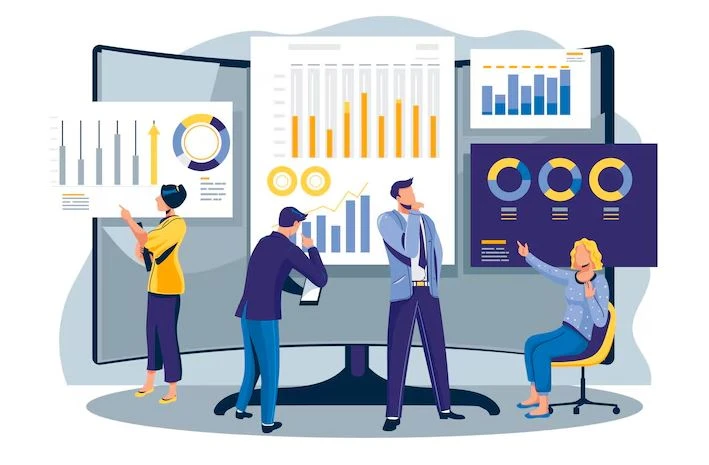
To start enterprise software development, you need to first build a plan that can organize the process in a step-by-step approach. A lot of beginners do not pay attention to this, which is why they fail at various stages while developing the software. If you don’t want to meet such fate, take a look at the complete process given below.
Analyze Requirements
Analyzing project requirements before developing ERP software is a critical initial step that sets the foundation for the entire project. The process begins with gathering comprehensive information from all stakeholders, department heads, end users, and IT teams. This involves conducting interviews, surveys, and workshops to understand the specific needs, challenges, and expectations of each business unit. The goal is to identify core business processes that the ERP system must support, such as finance, inventory, procurement, human resources, and customer relationship management.
Once the information is collected, the next step is to document and prioritize these requirements clearly. Analysts often create use cases, process flow diagrams, and requirement specification documents to ensure nothing is overlooked. These documents serve as a blueprint for the ERP system’s design and development, aligning the software’s capabilities with actual business needs. Proper analysis not only helps avoid costly revisions later but also ensures that the ERP solution is tailored to improve operational efficiency and support long-term goals.
Partner with our software development specialists to pioneer custom solutions that drive your business forward.
Request Your Solution
Select Development Tools
After finalizing the project requirements, the next step in ERP software development is selecting the right tools and technologies that align with those needs. This process starts by evaluating the technical specifications and performance expectations defined during the requirements analysis phase. Developers and IT decision-makers must consider factors such as the system’s scalability, integration capabilities, data handling requirements, and the anticipated number of users.
In addition to infrastructure and programming languages, selecting appropriate development tools, frameworks, and databases is essential to ensure the system is reliable, secure, and efficient. Tools for version control and project management help maintain development efficiency and collaboration among teams. Ultimately, the chosen tools and technologies should not only support the ERP’s core functionality but also provide flexibility for future updates and expansions as the organization’s needs evolve.
Start Development
Once the tools and technologies have been selected, the ERP development process begins with the creation of a detailed system architecture and development plan. This includes designing the overall structure of the software, and outlining how these modules will interact within the system. Developers typically start by building a prototype or minimum viable product (MVP) that includes the core functionalities identified as top priorities during the requirements analysis.
Following the planning and setup, the actual coding phase begins, usually guided by Agile or iterative development methodologies. This approach allows the project to be broken into manageable sprints or development cycles, with each cycle focusing on building and testing specific features or modules. Throughout the development, maintaining clear documentation and version control is vital to track progress, simplify future updates, and support collaboration among team members.
Test and Deploy
After the ERP software has been developed, thorough testing is essential to ensure the system functions as intended and meets all business requirements. This phase typically begins with unit testing, where individual components or modules are tested in isolation to verify their correctness. It is followed by integration testing to ensure that different modules interact seamlessly with one another. Any bugs or issues discovered during this phase are documented, addressed, and retested to guarantee a stable and reliable final product.
Once the software passes all testing stages, the deployment process can begin. This involves moving the ERP system from the development and testing environment into the live production environment where it will be used by actual end users. After deployment, ongoing monitoring and support are necessary to address any unforeseen issues, optimize performance, and provide updates or enhancements as business needs evolve.
Frequently Asked Questions
| What is ERP software? ERP software is a centralized system that helps organizations manage and integrate their core business processes. It streamlines operations by unifying functions like finance, inventory, human resources, and customer management into one platform. |
| Why businesses need ERP software? Businesses need ERP software to improve efficiency, accuracy, and collaboration by centralizing data and automating routine tasks. It enables better decision-making and scalability by providing real-time insights across all departments. |
| What are the benefits of ERP software? ERP software offers benefits such as streamlined operations, improved data accuracy, and real-time reporting. It also enhances productivity, supports better decision-making, and reduces operational costs. |
Final Words
That concludes our entire article in which we have discussed what is an ERP software and how it can be developed using appropriate methods. It is a good read for beginners who want to know how such complex solutions are created and why they are becoming important for businesses. The blog has given a quick overview how an ERP system should be built, so that process of understanding the whole system becomes easy for beginners.

Empower your digital journey with StruqtIO - Your dedicated partner for cutting-edge custom software development, innovation, and digital transformative solutions. Harness the power of technology to elevate your business and redefine your digital landscape today.
